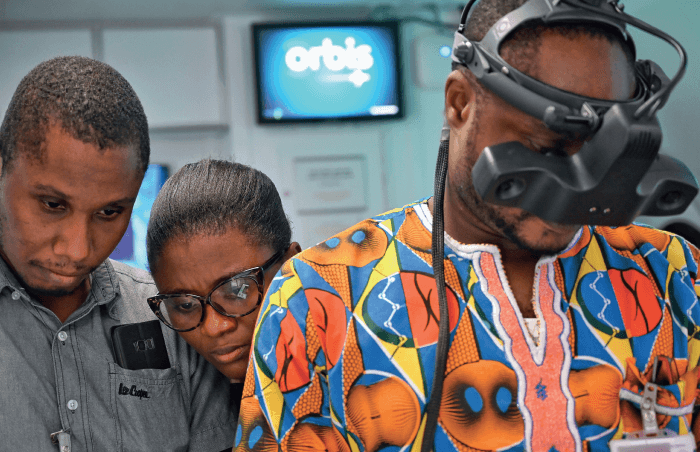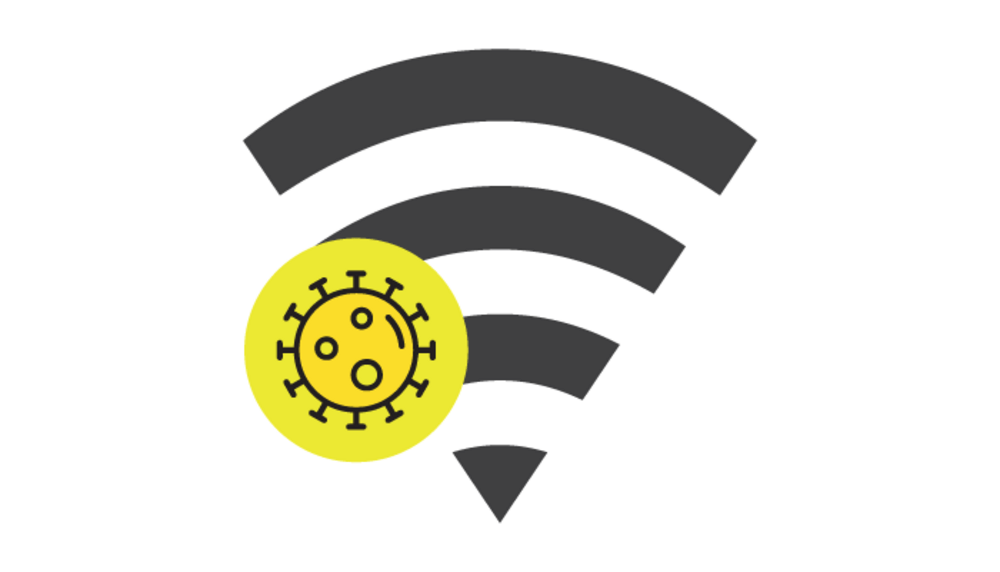
What impact has telemedicine had on the provision of eye care in the last 18 months? I could summarize the answer in one word: "enormous." If you'd like to know more, read on...
In March 2020, our regular contributor and serial Power Lister, Dawn Sim, sent me an article aiming to answer the question: "With the pandemic putting frontline health workers under mounting pressure, is it possible for ophthalmologists to safely see patients – without putting themselves at risk?"
Sim, together with Peter Thomas and Chris Canning, came up with six practical steps for utilizing telemedicine solutions during this unprecedented crisis.
Read the whole article here: Tackling COVID-19 with Telemedicine
In May 2020, I spoke to David Goldman, Founder of Goldman Eye, Palm Beach Gardens, Florida, and Ophthalmology Team Lead, Anterior Segment, Modernizing Medicine, USA, about how remote diagnoses became the "new normal" in his practice.
See what he said in Pandemic Perspectives
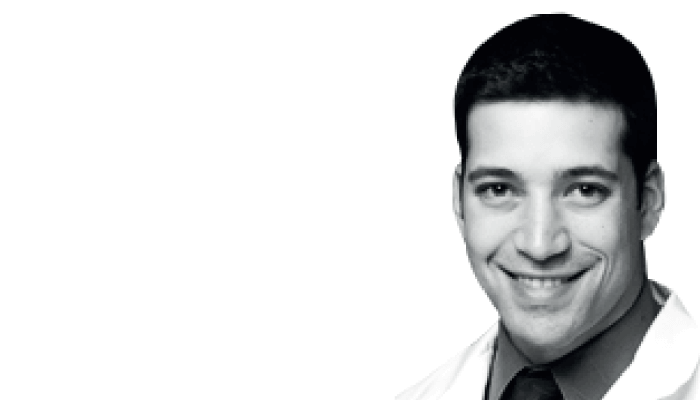
In the summer of 2020, I asked a group of renowned refractive experts to get together and talk about what the COVID-19 pandemic meant for their practices, and how they were overcoming the difficulties. Here's what the told me about their use of telemedicine.

Maria Scott: In some locations, such as our Annapolis center, our retina surgeons continued to deal with emergencies and carry out injections – that was one area where telemedicine would obviously not work. Our oculoplastics specialist was easily able to switch to telemedicine, and other specialists used it a little in their practices. I used it for all the surgical patients I had already scheduled to make sure nothing had changed. For those patients, it was a wonderful way of making them feel like we were still connected.
In the US, you are required to have an eye exam within 90 days ahead of surgery, so the telemedicine visit served that purpose – we didn’t have to bring the patients in another day. We’re continuing to do telemedicine now: we have our optometrists rotating on a weekly basis using telemedicine. They’re doing a lot of triage, so the sub-conjunctival hemorrhage, conjunctivitis, and sty patients can be seen remotely. Our one-week post-op second eye visits are also being conducted through telemedicine.

Sheraz Daya: We did indeed try telemedicine. In my experience, it took a lot of time trying to get our elderly patients to understand how to use it, so we got them to use our portal for uploads instead. We gave them clear instructions on how to take photographs, put them on their computer screen and measure the distance to check their vision. We quickly abandoned it. We didn’t have to see any emergencies as a result of telemedicine consultations. Usually in the triage process we knew which patients had to be seen in person and we just brought them into the office. They were, without fail, all true emergencies.
I think telemedicine works great for oculoplastics, but I’m not sure it’s a good solution for refractive surgery. And yet, colleagues around the world are talking about doing their consultations online! I don’t know how they can do that, without obtaining a diagnosis in person first. I find it very hard to be convincing and reassuring to a surgery candidate without important, solid data in front of you. I have also found that it takes longer to see a patient using telemedicine, so I didn’t think it was very efficient. Given my recent experience, I’d describe it as quirky and gimmicky.
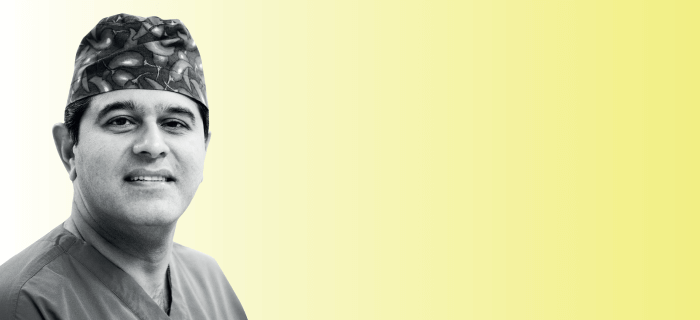
Arthur Cummings: I’ve always been very optimistic about telemedicine, and have been keen to try it out based on the experience of colleagues of mine, notably the Zaldivars in South America. I have used a system that allows me to examine the eye on a slit lamp. We started using telemedicine mostly for emergencies. I have found that it was possible to build a rapport with a patient using telemedicine, which has been reassuring. Some of those patients came into the clinic afterwards, and we felt like we had met each other in person already.
When COVID-19 is no longer active, my colleagues and I want to look back and think we never played any part in spreading the virus – and that’s why we’re trying to make our clinic consultations as short as possible. Patients come in for their scans and for a refraction, and for the part of the examination that has to be done in person, but we have also introduced a process using telemedicine, where nurses or technicians go through an online form with the patient around four days before the visit. They check the patient’s preferences, hobbies, and they create a relationship that is important when the patient comes into the clinic in person. When they arrive, they’ve already thought about different options, so the conversation I have with them is much more focused. Before the lockdown, our conversion rate after the visit was around 55 percent; now, if a patient is suitable, they simply make a plan to go ahead with the surgery. They are less likely to shop around – once they’ve made up their mind about the procedure, they just want to get on with it.
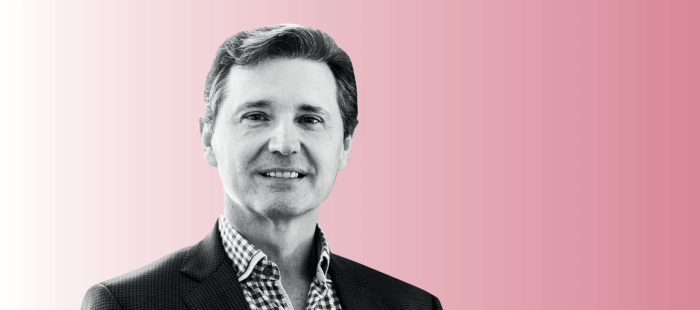
Watch the full roundtable discussion, chaired and moderated by Ben LaHood, below
Then, in August 2020, The Ophthalmologist published our second-ever takeover issue, prepared with Wills Eye Hospital in Philadelphia, Pennsylvania, USA.
Within the cover feature of the takeover issue, Joseph Anaya and Mary Fuska explained how Wills Eye's specialists and patients got used to new remote eye care offerings: Telemedicine: Seeing the Patient Through a New Lens.
Here's the whole Wills Eye Hospital takeover issue, including the front cover feature, written by Wills Eye experts, detailing how the COVID-19 pandemic has affected their fields, including ocular oncology, ophthalmic research, and trauma: September 2020 Issue of The Ophthalmologist
In the meantime, I also talked to Daniel E. Neely, pediatric ophthalmologist at the Midwest Eye Institute and Professor of Ophthalmology at Indiana University School of Medicine, Indianapolis, Indiana, USA, who told me how Cybersight from Orbis was working to deliver care in compromised circumstances, in the absence of the Flying Eye Hospital. Go back to Extended Presence to read the interview.
